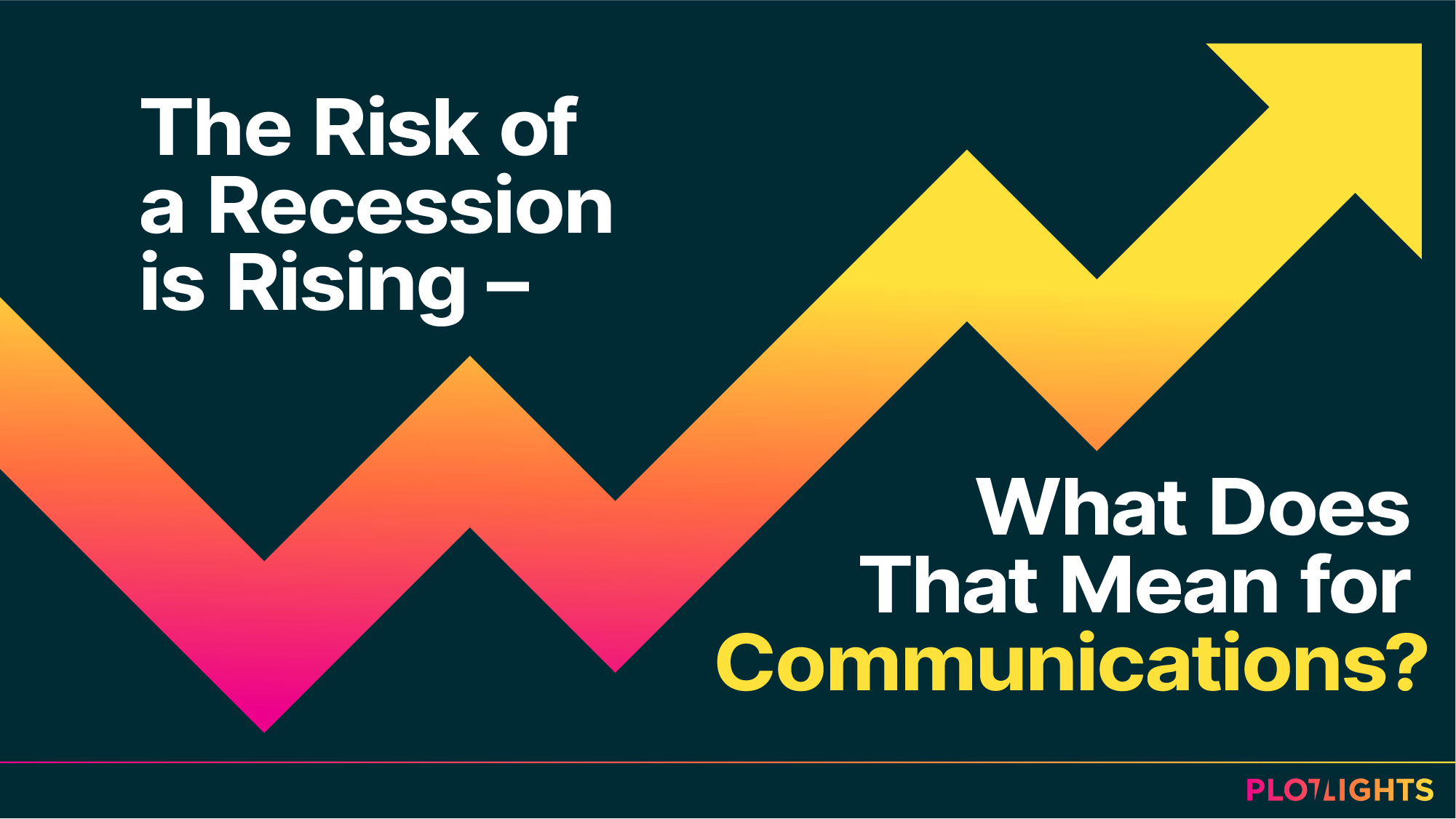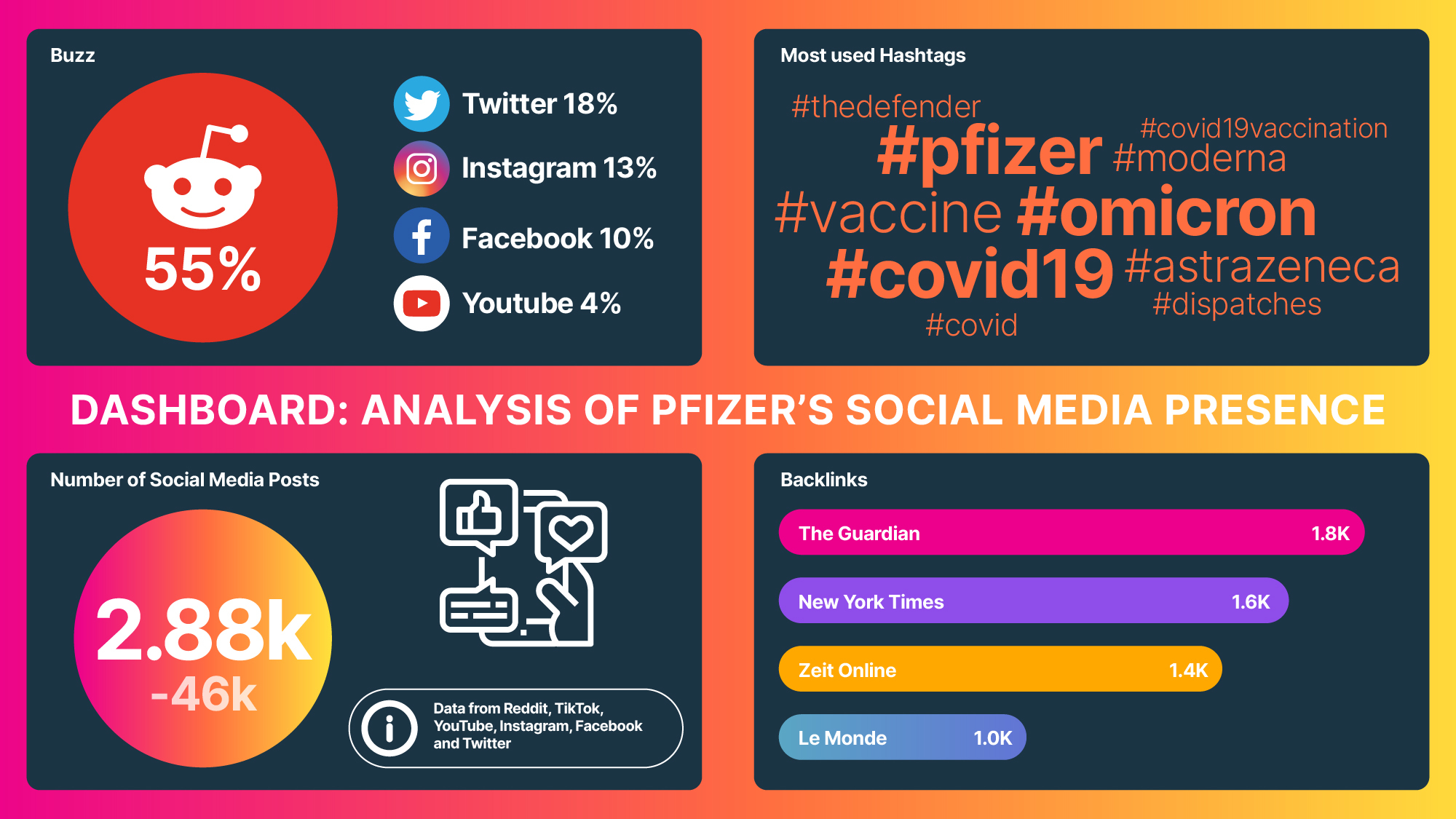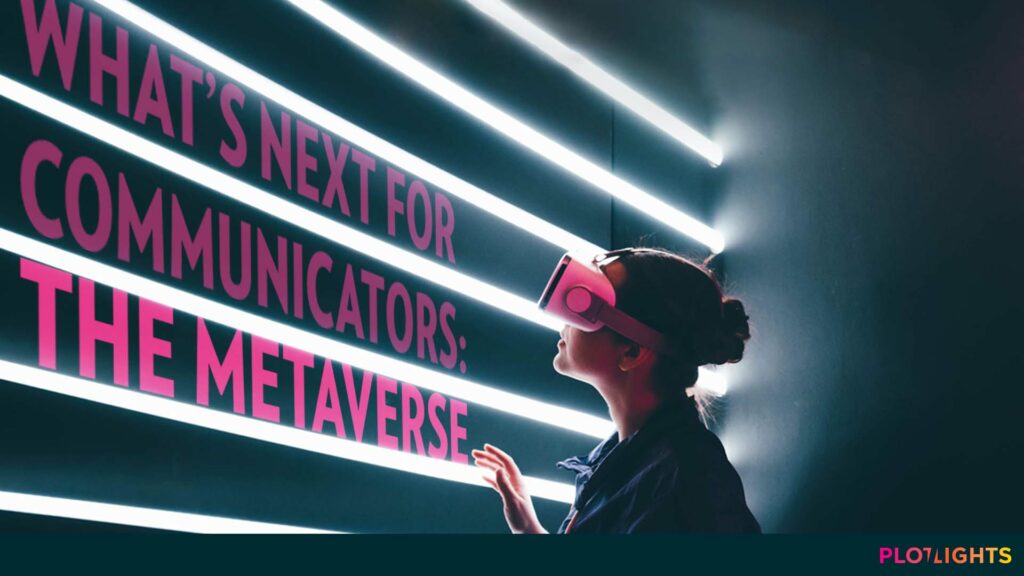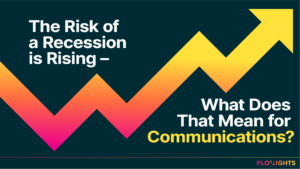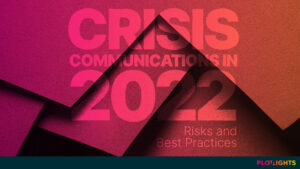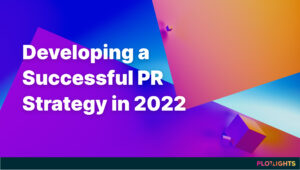“The times they are a-changin’,” so goes the classic Bob Dylan tune and changing they are.
Regarding the metaverse though, is it a paradigm shift or a flash in the pan?
If you’re thinking it’s all just a temporary craze, one you can wait out, consider this snippet from Newsweek in 1995 about the Internet:
“I’m uneasy about this most trendy and oversold community. Visionaries see a future of telecommuting workers, interactive libraries, and multimedia classrooms. They speak of electronic town meetings and virtual communities. Commerce and business will shift from offices and malls to networks and modems. And the freedom of digital networks will make the government more democratic. Baloney. Do our computer pundits lack all common sense?”
In fairness, some points made in that piece were accurate but the general dismal of a world-changing technology and communication platform was par for the course throughout the ’90s; the Internet was often declared a fad.
Should we be so quick to dismiss the metaverse today? For communicators, brands, and marketers that’s a resounding no.
Facebook made a big bet on it, shifting direction strategically – no small feat for a company whose market cap was above $1 trillion – and changing its name to Meta.
Bloomberg considers the metaverse “a nearly $800 billion market opportunity”.
A recent Harris Poll found that 7 in 10 Gen Z and Millennials are interested in interacting with the metaverse.
The question isn’t should you dismiss it, it’s can you afford to dismiss it?
What Is the Metaverse Anyway?
The reality is there’s no hard and fast definition of the metaverse because it’s more of a broad representation of the next phase of the Internet.
A more immersive, integrated, and interconnected digital space where people spend time.
In many ways, we’re already in the metaverse, a version of it, or at least its infancy. We’re already glued to our screens; the metaverse works to further remove barriers between us and the digital world where much of our lives are spent anyhow.
Our meetings are largely digitized. We shop online. We hang out on social networks. Now we’ll move closer.
Video games are at the forefront with Fortnite creating its own world. Roblox, worth nearly $40 billion, doing the same. Concerts are happening in the metaverse. Gear like VR headsets is set to boom with PricewaterhouseCoopers predicting 30% revenue growth in the VR industry by 2025; more than any other media segment.
So, what is the metaverse? It’s software. Augmented reality. It’s hardware. Virtual Reality. It’s virtual worlds – with virtual real estate. Virtual fashion. It’s art in the form of NFTs. It’s a connection.
And it’s happening in the context of a move to Web3.
Introducing Web3
In a nutshell, Web3 is about moving past platforms and taking back power – and your data – from the likes of Google and Facebook, er, Meta.
It’s the Internet, decentralized.
The how of it is somewhat vague but we can go straight to the source for more on what it is. Gavin Wood, who co-founded Ethereum, set up the Web3 Foundation and coined the term. The Foundation describes it as an internet where:
- Users own their own data, not corporations
- Global digital transactions are secure
- Online exchanges of information and value are decentralized
For more on the implications of the emerging Web3, read our earlier post ‘Web3’s Impact on Communications & Marketing‘.
The Metaverse for Brands
As mentioned earlier, brands are going in on the metaverse.
Apple, a $2 trillion company, recently announced and teased its foray into AR and the metaverse, with Reuters noting that CEO Tim Cook’s announcement prompted a “strong investor response”. Adding “the company has 14,000 AR apps on its App Store, and Cook suggested this number will rise with further investment”.
It’s not just those in the tech world that are entering the fray though.
TIME Magazine has a newsletter dedicated to it called Into the Metaverse, a Web3 community initiative called TIMEPieces, and also made some of their iconic magazine covers into NFTs – and raked in a cool $435,000.
Adidas rocketed into the metaverse with a splash, collaborating with the crème de la crème of NFT projects; Bored Ape Yacht Club, Gmoney and PUNKS Comic to launch their own NFT collection, also called Into the Metaverse. They sold out in a matter of hours, making $22 million in the process. They went a step further and bought virtual land in the Sandbox metaverse, joining other companies who have spent millions doing the same.
What Does It Mean for PR and Communications Pros?
On a basic level, the metaverse means another touchpoint that communications pros and marketers can connect on. Not only that, it’s an avenue built on ever-evolving tech which prioritizes deeper immersion.
For example, in-world, that’s to say in the metaverse, advertising that’s native to the ecosystem and analogous to the real world, like billboards. Yes, virtual worlds will have – already do have – virtual billboards.
Of course, transparency and trust are foundational elements of this decentralized environment, something that shouldn’t be taken for granted or overlooked when trying to leverage the space for PR and communications.
As Influencer Marketing Hub points out, “you can’t just enter a new platform without taking the new format into account. In Roblox, for instance, brands gain more traction when they partner with members of the Roblox developer community in creating items and experiences.”
Perhaps most importantly though, comms will likely become more and more data-driven and targeted because new use cases in AR and VR simply create more data. VR headsets open up the possibility to track eye movement and where exactly attention is going to improve the placement of messaging.
Concerning AR, Harvard Business Review drives the point home, “by putting information directly into the context in which we’ll apply it, AR increases our ability to absorb and act on it.”
Opportunities
The rapidly growing sector presents a lot of opportunities for communicators.
- Gamification – One of the most unique marketing tools to arise with the metaverse is gamification. The Cambridge Dictionary actually does a perfect job defining it and explaining the benefit; “the practice of making activities more like games in order to make them more interesting or enjoyable”. The metaverse is practically designed for this and almost everything we do can be gamified to enhance the experience. In-world product sampling is a good example. You can now use AR apps on your phone to see interior design options before buying anything. Snapchat has been using AR for years. Burger King used AR to allow app users to burn rival fast-food ads and score discounts.
- Metaverse Developer/Creator Collaborations – Collaborating with developers and creators in the space helps ensure your messaging is delivered correctly and with the most impact. Clothing retailer Forever 21 hopped into the Roblox metaverse “by launching with some of the platform’s biggest fashion-forward content creators and influencers.”
- Product Placement – Just like the film world has lucrative product placement opportunities, so too does the VR and AR world. Nike recently bought RTFKT, a company that makes sneakers for the metaverse.
- Events – The metaverse is chock full of events, from concerts to parties to corporate meetups. Creating virtual events around your communications or PR goals is a chance to engage in a wholly different way.
Risks
It’s not all sunshine, roses, and endless upside though. The metaverse does come with risks of its own.
- Privacy – All the current concerns about privacy can be applied to the metaverse because in the end, data is what drives the experience – and what improves it. Free services like Facebook relied on the exchange of personal data to sell to advertisers, will the metaverse function the same? It remains to be seen. As it stands now though, moving even more into the digital world with new data streams coming from wearables, microphones, and more means potentially far greater privacy risks. What’s sometimes billed as taking data back from the mega-corporations can quickly become a world of even less privacy.
- Cyberattacks – Naturally, this is a major concern and potential cyberattacks present an even larger risk than privacy. If you’ve bought virtual land in one of the metaverses and that platform suffers an attack, what happens? A world built from 1s and 0s is inherently hackable and it’s not clear if the metaverse is ready for attacks. Moreover, the legal framework to deal with breaches in cybersecurity in the metaverse is vague or nonexistent.
- Scams – It’s something like the wild west out there and it’s not always easy to tell what’s legit and what’s fake. NFT scams are rampant, OpenSea, among the largest NFT marketplaces, said: “over 80 percent of the items created with this [free minting] tool were plagiarized works, fake collections, and spam.” The publishers of Outerverse had to issue a warning about an NFT scam tied to their game.
Metaverse – A Final Thought
We’re at the dawn of a new age of the Internet.
Will the metaverse of today look anything like what we end up with down the road? It’s tough to say. What is clear though is that people are embracing this new space and from the perspective of communicators, there are tantalizing new possibilities that come with it.
Whether you believe in it or not, it’s wise to start getting some exposure to the metaverse to at least understand it better.

